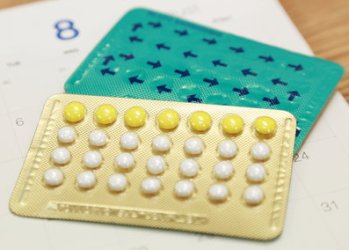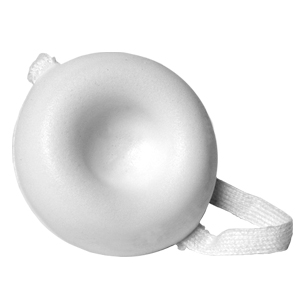Complete abstinence is supposed to be the other foolproof method of birth control. However numerous birth control options are available – hormonal contraception includes the monthly pill and the morning after pill, as well as injectible hormones and intrauterine devices which offer sustained release of certain hormones to prevent pregnancy.
 In addition there are other birth control options for women which may not be defined strictly as contraceptive methods since the rates of accidental pregnancy are higher – the rhythm method, barrier methods such as diaphragm, condom, female condom and so on are less reliable birth control options.
In addition there are other birth control options for women which may not be defined strictly as contraceptive methods since the rates of accidental pregnancy are higher – the rhythm method, barrier methods such as diaphragm, condom, female condom and so on are less reliable birth control options.
Surgical birth control options are more permanent and largely irreversible ones and so should only be resorted to if one has firmly determined either never to have children or is an option for those women or couples who have had children and do not plan to have any more.
Not only is it important to keep in mind that permanent forms of birth control are irreversible, it is also important to keep in mind that they do not protect one against sexually transmitted diseases. Other birth control options such as condoms and so on do however offer this protection.
The main birth control options are –
Tubal Ligation also known as “having one’s tubes tied”
The surgeon or obstetrician/gynecologist would typically access the fallopian tubes of the woman either under general or regional anesthesia. This can be done by virtue of a conventional incision or can be performed laparoscopically and the procedure can take anything between 10 and 45 minutes.
The tubes are then either severed (cut), or clipped, or tied or cauterized (burnt) in a way that makes ovulation impossible. While some procedures may be able to be reversed this is considered to be one of the permanent methods of birth control.
Hysterectomy (partial or complete)
Complete hysterectomy is considered to be a major surgery and is not recommended solely as being a birth control option. After a hysterectomy is performed it is not possible for a woman to get pregnant and this is a completely irreversible option of birth control.
If there is a medical condition that requires a hysterectomy, then birth control may be a secondary benefit, however the surgery is not recommended to be performed only for birth control. A partial hysterectomy may leave the ovaries in place; or it may remove only the top part of the uterus leaving the cervix in place.
Vasectomy
This can also be considered to be one of the irreversible surgical birth control options; this one is performed on men. This procedure ensures that no sperm is produced by the man when he ejaculates during sexual intercourse. In this surgical operation, the vas deferens (the tubes that take the sperm from the testicles into the urethra) are cut.
After the surgery, a man is advised to use additional birth control options for about 10 to 20 ejaculations or until his emissions are found to be free of sperm.





